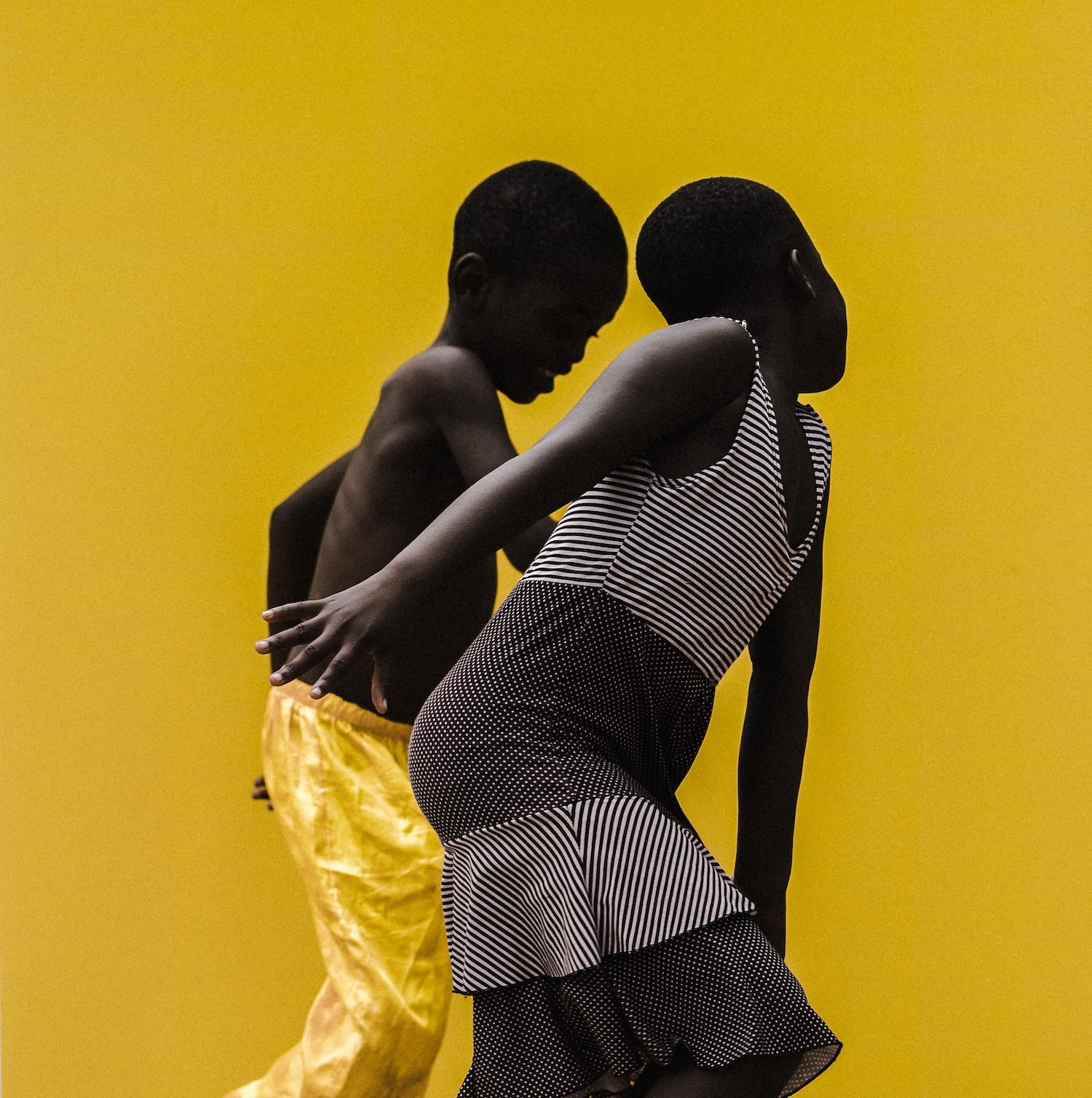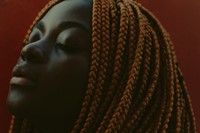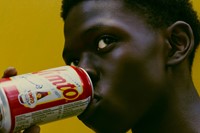Art critic and writer Antwaun Sargent and photographer Joshua Kissi have committed themselves to uplifting Black voices and identities through visual representation. Kissi has trained his eye on highlighting the majestic shimmer of Black and brown skin tones through his punchy portraits of Black subjects, which includes Jaden Smith, Tyga, Cynthia Erivo, and his recent work for Beyoncé’s critically acclaimed visual project, Black is King. Meanwhile, Sargent has risen to prominence through profiling Black artists like Kissi and others for the New York Times and The New Yorker. Last year, he penned an art book, The New Black Vanguard, which shined a light on the exciting Black talent forging a new moment, or better said, movement, in photography.
During a recent summer morning, Sargent and Kissi talked over the phone from their respective homes in New York (as the city remains under a partial shutdown due to Covid-19) about representation, navigating the sharp increase in demand for Black photographers, and capturing the beauty of Black skin. The conversation occurred as the new group exhibition Just Pictures – curated by Sargent and featuring work from Kissi and other young, influential Black photographers Arielle Bobb-Willis, Yagazie Emezi, Mous Lamrabat, Renell Medrano, Ruth Ossai, Justin Solomon, and Joshua Woods – launched in St. Louis, Missouri.
Antwaun Sargent: Let’s just jump right in. What brought you to photography?
Joshua Kissi: I think photography is the most accessible way to tell a story. In a lot of ways, photography is so engraved into today’s society because of social media. The image literacy now is way better than it was 20 years ago. Everybody kind of knows what a good photo should look like. This wasn’t the case when I first picked up a camera. At that time, photography was a way for me to have a page in history. I didn’t know or see a lot of photographers of colour making their stake in the field. Of course, I eventually learned about Gordon Parks and Jamel Shabazz, but that was later on. So, initially, photography was a way to tell stories about my community and the people I was surrounded by.
I remember flipping through my family’s photo album as a kid and what really struck me was seeing the contrast between the photos my parents took when they lived in Ghana in the 70s and didn’t have kids and when they moved to New York in the 80s. Even the colouring of the photos themselves look different – because the technology had changed and evolved. Our family album was literally split into two sections: life in Ghana and life in America.
AS: It’s very interesting that you bring up the family photo album. The photo album is one of the first places that a lot of us saw the Black community captured the way we wanted to be seen. I see that in your images too. It’s about the photographer’s desires – but there’s also a desire to make sure people are properly represented. Another aspect of your work that interests me is the way you use colour. Can you talk about how your depictions of Black skin has changed over the years?
JK: When I uploaded a shoot I did with Jaden Smith, somebody commented: ‘Nobody does skin like Joshua Kissi’. I had to laugh!
AS: But that’s true! There’s a real intentionality there. We know the history of how the technology of photography was made against representing Black skin in the right light – so when you are a Black photographer you have to figure out a way to move around that technology.

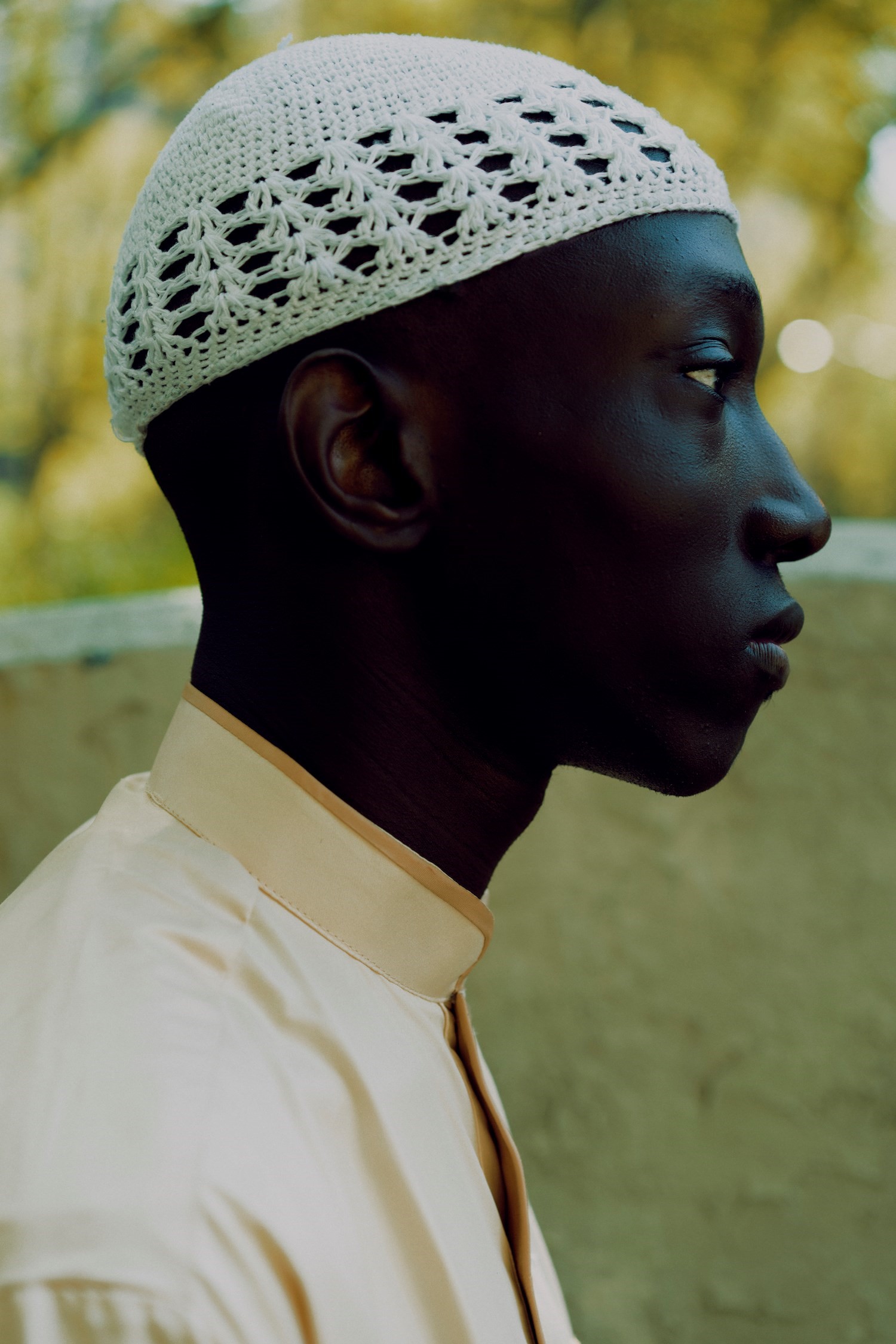
JK: Absolutely. When I first started photographing I found out there is a limitation to what our skin can look like based on the mechanics and tools of the camera. I began noticing, ‘oh, when I shoot Fujifilm black skin looks like this’, and ‘when I shoot on Sony it looks like this’. There’s all these different interpretations of how Black skin registers through the camera and it never felt like what I saw with my naked eye. So when I first started out I thought, ‘high contrast, low saturation’. That shows the richness of Black skin but in a way that’s more about how melanin registers. Over time, I recognised anti-Blackness’ main point of reference is our skin. That’s it. Our skin tones have been weaponised against us. So I wanted to start there to show the possibilities of what Black skin can look like in so many different ways – its richness, its intensity, its care. There’s so much nuance to Black skin that we’re not being granted. Frankly, this is the first time I’m talking about my work in this way – technical and ideological. Thank you for asking that question because it is important to my work.
AS: So often I feel like we gloss over the technical aspects of how a photo is made. Yes, these images are about beauty and Blackness and desire. But they’re also about the ways in which you, a Black photographer, are using the camera. You’ve also launched an initiative around the visibility and representation of Black photographers with See In Black and, before that, with Street Etiquette. Why are these photo collectives important to you?
JK: Frankly, I feel like without community I am nothing. All of this work is about us as a community. It’s about making us visible. But not even just being visible. Do you see me, but, also, do you also understand me and the work that I make? I know I’m getting a limited amount of emails and work opportunities right now because I only show and shoot Black and brown people. I own that and make it a part of my story. I’m in servitude of my community and am only the artist I am when I’m serving them. There is no me without community.
AS: You recently worked on Black is King, which is a love letter to the continent of Africa and the African diaspora. How did you come to video and what was it like working with Beyoncé?
JK: Black is King was amazing to see and be part of it. Because this story of the diasporic identity – here from one place, but also another – is very much so part of our identities as Black people. Whether by choice or by boat, unfortunately. Jumping onto the project, the team around Beyoncé made an entire deck of my work and was like, “here’s what we love about your work and see you lean into”. It was amazing to hear and be given permission to just flex my muscles. Beyoncé is the Big Bang effect. After working with her, the galaxies exist. I’m sure Tyler Mitchell can attest to that same testimony.
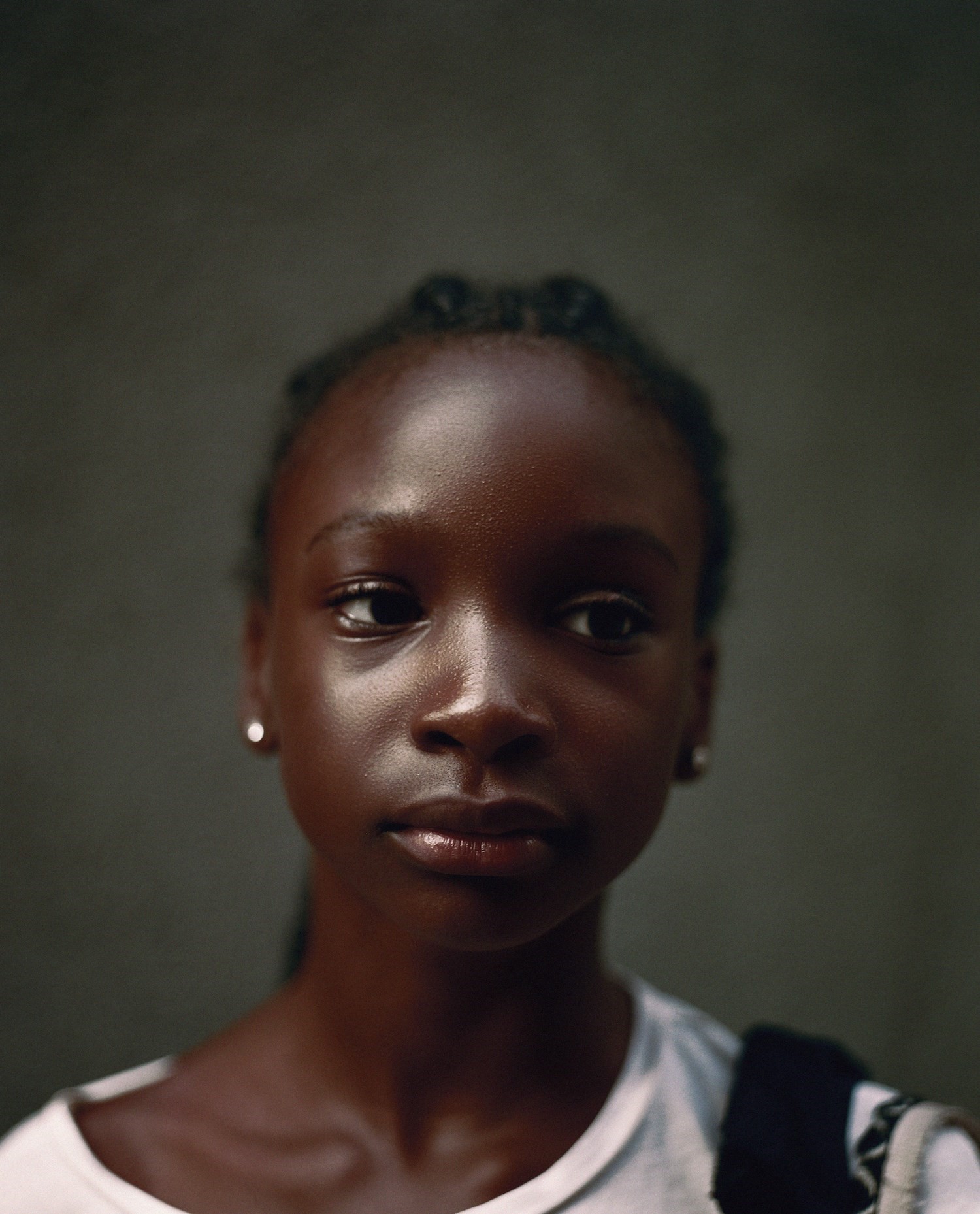
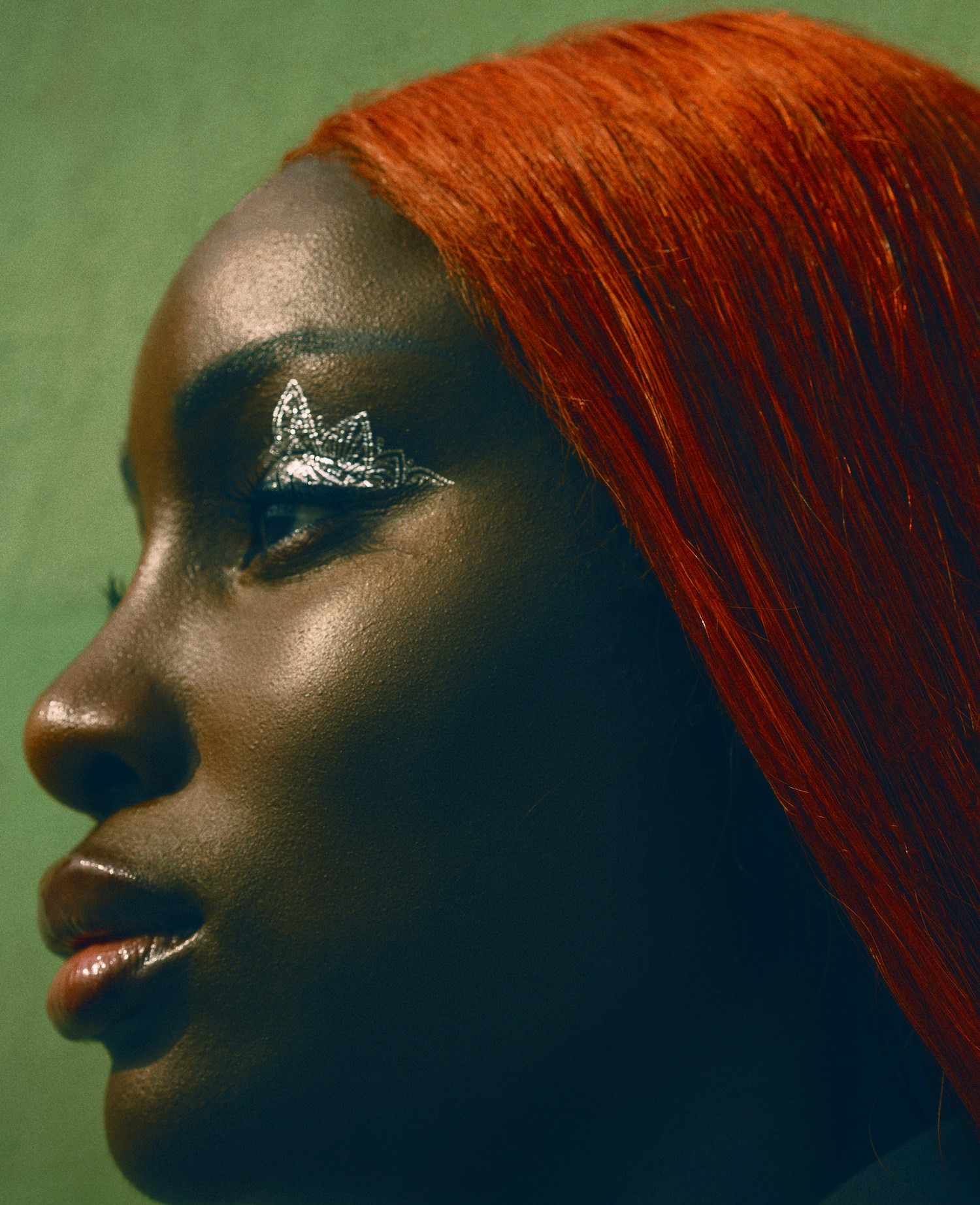
AS: Yes, I don’t think Beyoncé gets enough credit for how engaged she is with these young, Black creators. From Tyler [Mitchell] to Awol [Erizku] to you – over the years she has collaborated with young image-makers at pivotal points. What do you want to do with photography next?
JK: With every job opportunity I’ve been blessed to work on, I’m always asking: ‘What does this mean to what I want to say not only now but ten years from now?’ As artists we also have the ability to say this isn’t for me and be informed by the nos that we give out. The work you say yes to builds your journey as much as the work you say no to. For a lot of these jobs I’m like this is beautiful aesthetically, but what is the vision? What are we saying?
AS: That is so important, I think. What do the images say? You’re not just shooting images to shoot them. Some of the younger photographers are just shooting images. You have to ask, if the camera is control, what are you shooting for? Doing this show, Just Pictures, I want to make sure the differences between the work of everyone featured is considered and grappled with. These are not just Black photographers talking about Blackness. That’s not the only concern in these photos. If that’s the only takeaway from their work, you’re not really holding the weight of the artistry as a viewer. This show is about directing folks to the ways your work holds these other equally important aspects that make the images the images.
JK: I totally agree with that. There’s so much imagery being created and I feel really grateful to be part of it. Looking at all these new young photographers and different expressions is so important to let people know, oh, I can go the Awol route. Or oh, I can go the André Wagner route, or I can go the Joshua Kissi route. It’s important for them to have that to see.
AS: Absolutely. I think that’s a strong note to end on.
Just Pictures, curated by Antwaun Sargent, is at projects+gallery, St Louis, until November 21, 2020
